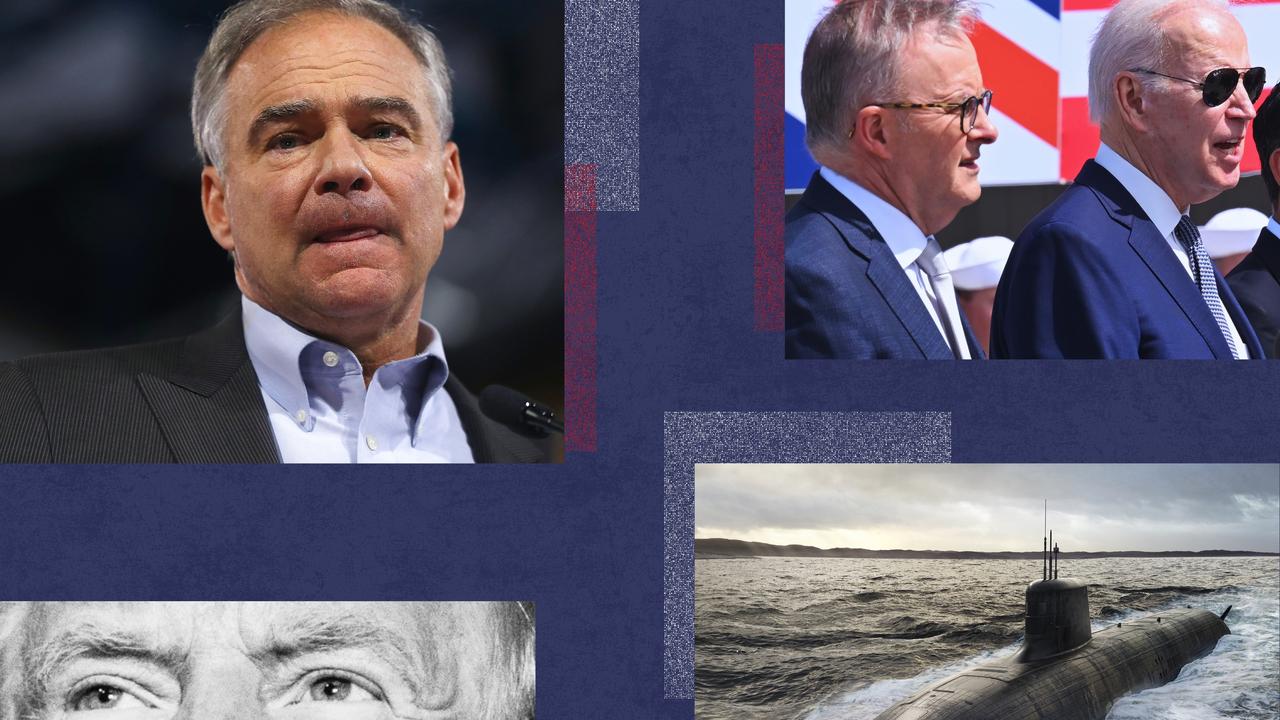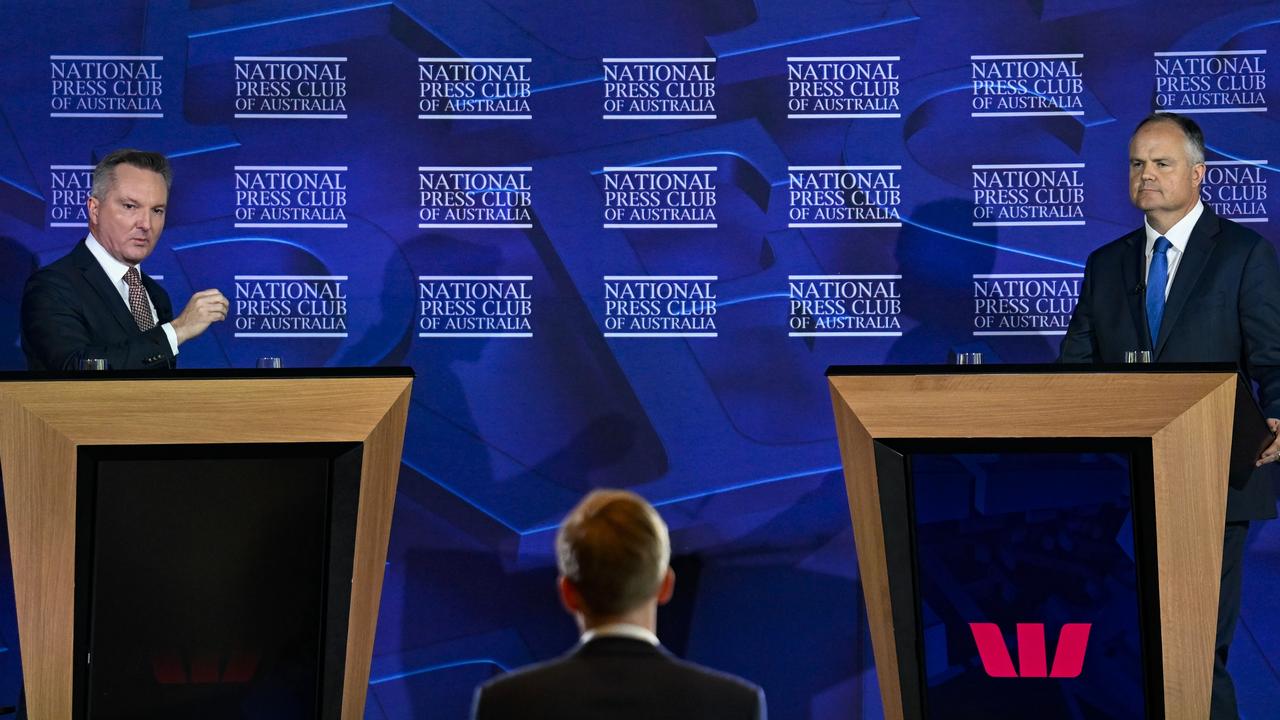Wages rise 3.7pc in year to March to decade-high amid inflation battle, all eyes on RBA
Wages growth has accelerated from 3.4 per cent to a decade-high of 3.7 per cent in the year to March.

The tightest labour market in 50 years has helped push wages growth to a decade high of 3.7 per cent in the year to March, with more than one-third of jobs with pay rises showing gains of above 4 per cent.
The 0.8 per cent quarterly increase in the Australian Bureau of Statistics’ wage price index, however, came in below economists’ consensus forecast of 0.9 per cent, and analysts said pay pressures at the start of the year would not add to the case for a Reserve Bank rate rise as soon as June.
Analysis by the ABS showed that six in 10 jobs recorded a bigger wage rise than a year earlier – the highest proportion since the start of the series in 2003.
In early 2021, the proportion was barely two in 10.
With inflation running at 7 per cent, the fastest annual wage rise since September 2012 was still far short of the surge in living costs, suggesting real pay cuts for Australian workers.
The latest pay figures come as the Fair Work Commission commenced hearings into its upcoming minimum wage decision, with unions making the case for an increase of 7 per cent while employer groups have advocated for increases of 3.5-4 per cent.
Anthony Albanese on Wednesday again threw his weight behind a minimum pay increase that allowed workers’ pay to keep pace with inflation.
“The FWC determines wages independently of the government, but we want to see those people who are the lowest-paid workers get the opportunity to not go backwards,” the Prime Minister said.
After Labor successfully advocated for a 15 per cent increase in the minimum wage for aged-care workers, Jim Chalmers on Wednesday said “we want people to be able to earn a decent wage and provide for their loved ones”.
“That’s why we support a decent minimum wage rise,” the Treasurer said.
“We have an inflation challenge for a whole range of other reasons, not because people have been getting paid too much. If anything, for the best part of a decade, wages have been too stagnant.”

Opposition Treasury spokesman Angus Taylor said lifting the country’s productivity performance was the key to getting real pay increases. “What we ultimately want is what all Australians want, which is higher real wages for all Australians,” he said.
Speaking at the National Press Club in Canberra, Mr Taylor said Labor lacked a plan to lift productivity. “If you can make it easier for someone to do their job, the employer can pay them more,” he said. “Labor promised an increase in real wages before the election. And they themselves in these budget papers have admitted this term in parliament … it ain’t going to be delivered.”
ABS figures showed annual pay increases in the private sector lifted from 3.6 per cent to 3.8 per cent, outstripping the 3 per cent lift in government wages (up from 2.5 per cent in December).
Nearly a quarter of all jobs measured by the ABS that recorded pay rises showed gains of between 4 and 6 per cent in the year to March, while one in 10 reported increases of more than 6 per cent.
Annual wage growth was lowest in the public administration and safety industry, at 2.9 per cent, and highest in the wholesale trade and other services industries, at 4.4 per cent.
Western Australia and Tasmania recorded the fastest wage growth in the year to March, at 4.1 per cent, followed by Queensland at 3.7 per cent.
NSW and Victorian wages climbed by 3.5 per cent.
As attention turned to Thursday’s unemployment data, Citi chief economist Josh Williamson said there was no “smoking gun” for the RBA in the wages figures.
He said with another large increase to minimum and award wages, alongside stronger pay increases for government workers, “overall wage costs could rise further and higher than expected”.
The RBA expects wage growth, as measured by the WPI, to peak at 4 per cent in the year to December, before easing slightly from there.
The WPI operates in similar fashion to the consumer price index, as it measures changes in earnings for a fixed, representative selection of employee jobs.
While the WPI has lifted only slowly, broader measures of take-home pay show climbing employment and increasing hours worked pushed workers’ earned incomes up 10.7 per cent last year, or well ahead of the 7.8 per cent rate of inflation over the same period.






To join the conversation, please log in. Don't have an account? Register
Join the conversation, you are commenting as Logout